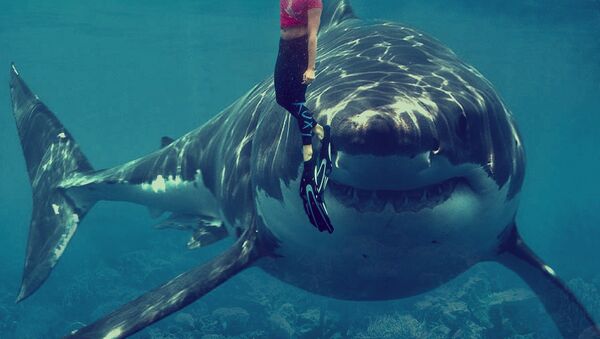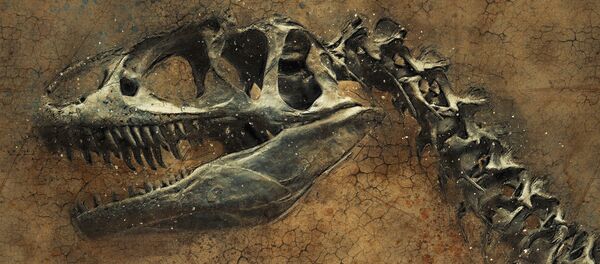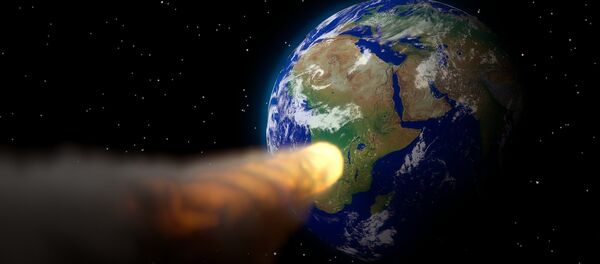The theory, which was presented in a recent publication of Astrobiology, suggests that the supernova which occurred 2,6 million years ago could have led to the extinction of many marine megafauna species on Earth, including Megalodon, Vice’s Motherboard reported.
READ MORE: Prehistoric Jaws? Massive Tooth Found in Italy Could Belong to Megalodon Shark
Adrian Melott, professor emeritus of physics and astronomy at the University of Kansas who led the research, suggested that a star—or a series of stars—blew up within 160 light years of Earth millions of years ago, and while the explosion didn’t affect the Earth directly, it had managed to damage Earth’s atmosphere, and perhaps even its lifeforms.
“All of the historical supernovae that we know about over the last couple thousand years were much further away, so the effects would be tiny compared to this,” Melott told Vice.
The end-Pliocene supernova coincided with the devastating Pliocene-Pleistocene extinction event that killed off one-third of marine megafauna like the Megalodon. Melott and his colleagues suggested that the key factor involved in the extinction of so much megafauna was exposure to muons – the particles generated when cosmic radiation interacts with the atmosphere.
Muons are present in our everyday life, yet they are almost harmless as most life on Earth’s surface can tolerate low doses. Yet the cosmic radiation from the supernova explosion was so strong that it sparked widespread ionization in the atmosphere, causing mutations and cancer which the large marine animals could not withstand.
“Normally below a few meters [of the ocean surface], water really shields a lot of radiation but it wouldn’t shield the muons,” Melott said. “Creatures that are used to being almost isolated from radiation would suddenly get a whole lot. They would be unlikely to have as good of a defence against radiation as land creatures would.”
“We want to do more atmospheric studies to try to possibly figure out what the effects [of the supernova] on the weather could be, if any,” he said. “The thing that we know is that the ionization of the atmosphere would increase greatly, so we’re trying to figure out the consequences of that.”



